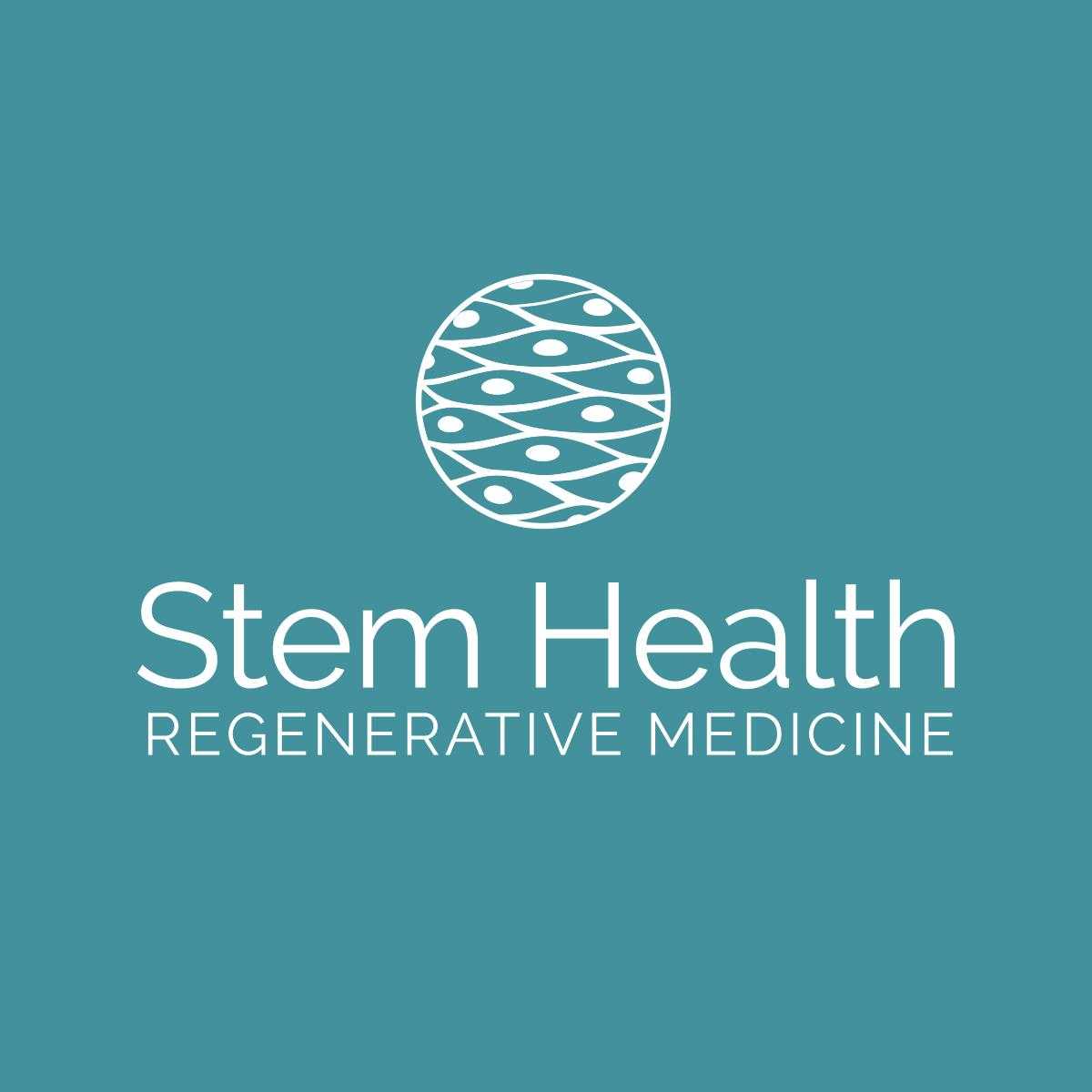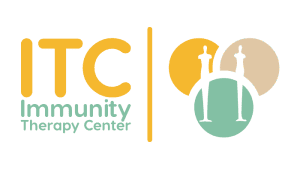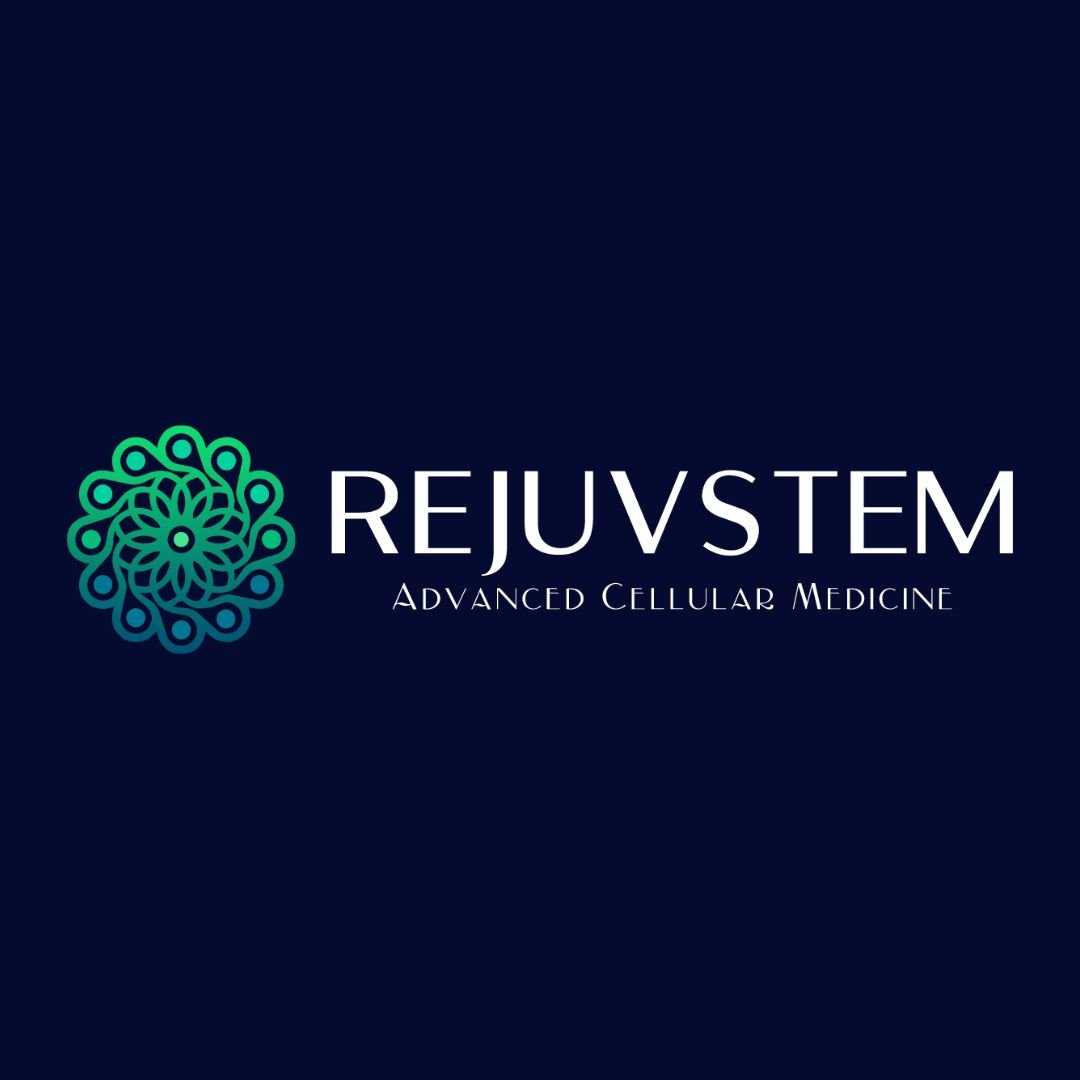
Key Takeaways
-
Regenerative Potential: Stem cell therapy offers a 40%–60% chance of restoring menstrual cycles in women with Premature Ovarian Failure (POF) and can improve sperm production in men with non-obstructive azoospermia.
-
Cost Savings: International patients can save 50%–70% on fertility stem cell packages in countries like Mexico and Turkey compared to experimental trials in the US or UK.
-
Comprehensive Packages: International packages typically include cell harvesting, laboratory processing, physician fees, pre-op testing, and sometimes accommodation and transfers.
Estimated Stem Cell Fertility Package Costs:
-
Mexico: $4,500 – $8,500 (Ovarian Rejuvenation)
-
Turkey: $3,000 – $7,000 (Comprehensive Fertility Protocols)
-
India: $5,000 – $8,000 (Includes IVF cycle integration)
-
Colombia: $5,500 – $12,000 (High-dose MSC protocols)
-
USA: $25,000+ (Investigational/Clinical Trial basis only)
Understanding Stem Cell Therapy for Infertility
Stem cell therapy for infertility utilizes the body's regenerative mechanisms to repair damaged reproductive tissues, improve egg and sperm quality, and restore hormonal balance, offering a biological alternative to traditional hormonal treatments.
While In Vitro Fertilization (IVF) bypasses biological barriers, stem cell therapy aims to repair them. This cutting-edge treatment uses Mesenchymal Stem Cells (MSCs)—typically harvested from the patient's own bone marrow, adipose (fat) tissue, or umbilical cord tissue—to regenerate damaged cells in the ovaries or testes.
The primary mechanism is the paracrine effect. Introduced stem cells release growth factors and cytokines that:
-
Stimulate resident stem cells to differentiate into healthy tissue.
-
Promote angiogenesis (formation of new blood vessels) to improve blood flow to reproductive organs.
-
Reduce inflammation that causes conditions like Asherman’s syndrome or endometritis.
Did You Know?
Recent clinical data suggests that stem cell therapy can increase AMH (Anti-Mullerian Hormone) levels, a key marker of ovarian reserve, in women previously diagnosed with menopause.
Treatments for Women: Ovarian Rejuvenation & Uterine Health
Therapies for women focus on restarting ovarian function in cases of Premature Ovarian Insufficiency (POI) and thickening the endometrial lining to ensure successful embryo implantation.
Ovarian Rejuvenation
For women facing Premature Ovarian Failure (POF) or diminished ovarian reserve, stem cells are injected directly into the ovaries (often via ultrasound guidance or laparoscopy). This process aims to "wake up" dormant follicles.
-
Target Patients: Women under 45 with high FSH/low AMH, early menopause, or poor egg quality.
-
Expected Outcome: Restoration of menstrual cycles, natural conception, or improved egg yield for IVF.
Thin Endometrium & Asherman’s Syndrome
A fertilized egg requires a healthy uterine lining (endometrium) to implant. Chronic inflammation or scarring (Asherman’s) can make this impossible.
-
Procedure: Stem cells are infused into the uterine artery or directly into the uterine cavity.
-
Result: Significant thickening of the endometrium (often >7mm) and repair of scar tissue.
Treatments for Men: Addressing Azoospermia
Male fertility treatments utilize intratesticular stem cell injections to restore spermatogenesis in men with zero sperm count (azoospermia) or severe oligospermia.
Male infertility accounts for nearly 50% of conception issues. Stem cell therapy targets the Sertoli cells and Leydig cells within the testes.
-
Non-Obstructive Azoospermia (NOA): Men who produce no sperm due to testicular failure are the primary candidates. Stem cells can regenerate the sperm-producing environment.
-
Erectile Dysfunction (ED): While distinct from fertility, ED often co-occurs. Stem cells can repair blood vessels and nerves in penile tissue, often outperforming medications like Viagra in the long term.
Expert Insight: "The goal isn't always natural conception for men with NOA. Often, the success is defined by finding some viable sperm that can be used for ICSI (Intracytoplasmic Sperm Injection) IVF, transforming a 'hopeless' case into a biological father." — Dr. A. G., Regenerative Medicine Specialist, Turkey.
Success Rates and Efficacy Data
Success rates vary by condition, but studies show a 67% improvement in ovarian function and up to 76% sperm recovery rates in specific subgroups of patients.
Because this is an emerging field, "success" is defined by biological improvements rather than just live births.
|
Condition |
Improvement Metric |
Reported Success Rate |
|---|---|---|
|
Premature Ovarian Failure |
Resumption of Menses |
40% – 60% |
|
Diminished Ovarian Reserve |
Increase in AMH Levels |
~67% |
|
Thin Endometrium |
Thickness >7mm achieved |
73% |
|
Non-Obstructive Azoospermia |
Presence of Sperm (Spermatogenesis) |
35% – 76% |
Note: Success depends heavily on age, underlying health, and the quality of the laboratory processing the cells.
Cost of Stem Cell Fertility Treatment Worldwide
The cost of fertility stem cell therapy varies significantly, with Mexico and Turkey offering premium packages at 30-40% of the cost of US-based investigational treatments.
Patients must consider that this therapy is rarely covered by insurance. Medical tourism packages often bundle the procedure with logistics to provide better value.
Detailed Cost Breakdown
|
Destination |
Procedure Type |
Average Price (USD) |
Inclusions |
|---|---|---|---|
|
Mexico (Cancun/Tijuana) |
Ovarian Rejuvenation |
$4,500 - $8,500 |
IV Therapy, Local Transport, Hotel (3 nights) |
|
Turkey (Istanbul) |
Stem Cell for Azoospermia |
$3,500 - $7,000 |
PRP inclusion, VIP Transfer, Translation |
|
Colombia (Medellin) |
Systemic + Local Injection |
$5,500 - $12,000 |
High cell count (300M+), Concierge Service |
|
Europe (Serbia/Ukraine/Czech) |
IVF + Stem Cell Combo |
$8,000 - $15,000 |
Full IVF Cycle, Blastocyst Culture |
|
USA |
Investigational Therapy |
$25,000+ |
Procedure only (No lodging/transport) |
Factors Influencing Cost
-
Cell Source: Umbilical cord (allogeneic) tissue is often more expensive than harvesting patient's own fat (autologous) due to banking costs.
-
Cell Count: Treatments delivering 100 million cells cost less than aggressive protocols using 300 million+ cells.
-
Protocol Complexity: Direct injection into ovaries/testes requires surgical skill and anesthesia, raising the price compared to simple IV infusions.
Top Destinations for Fertility Stem Cell Therapy
Mexico, Turkey, and Colombia lead the market due to advanced regulatory frameworks that allow for clinical application of expanded mesenchymal stem cells, which is restricted in many Western nations.
Mexico
Renowned for proximity to the US and high-quality regenerative medicine clinics. Cities like Tijuana and Cancun have board-certified specialists who often train in the US.
-
Best For: North American patients seeking affordable Ovarian Rejuvenation.
Turkey
A global hub for medical tourism, combining stem cell therapy with world-class IVF clinics. Turkey allows for sophisticated protocols involving exosomes and growth factors.
-
Best For: Azoospermia treatment and bundled IVF + Stem Cell packages.
Colombia
Known for high-dose Umbilical Cord MSC treatments. Clinics in Medellin and Bogota are technologically advanced, often surpassing US clinic capabilities in cell expansion technology.
-
Best For: High-volume cell treatments and systemic rejuvenation.
Risks, Safety, and Candidacy
Stem cell therapy is generally considered safe, especially when using autologous (own) cells, but patients must be aware of infection risks and the experimental nature of the treatment.
Who is a Good Candidate?
-
Women under 50 with low ovarian reserve but not complete ovarian failure.
-
Men with non-obstructive azoospermia who have failed TESE procedures.
-
Patients with thin endometrium unresponsive to Estrogen therapy.
Potential Risks
-
Infection: As with any injection, there is a minor risk of infection at the site.
-
No Guarantee: The primary risk is financial; the treatment may not result in pregnancy.
-
Multiple Cycles: Some patients require 2-3 treatments to see results, increasing costs.
Frequently Asked Questions (FAQs)
Can stem cell therapy cure menopause?
Stem cell therapy cannot "cure" menopause or reverse aging completely, but it can reverse menopausal symptoms temporarily and restore ovulation in perimenopausal women or those with early menopause, potentially allowing for pregnancy.
Is stem cell therapy for fertility FDA approved?
No, stem cell therapy for fertility is not yet FDA-approved in the United States. It is currently available clinically in countries with different regulatory frameworks like Mexico and Turkey, or via clinical trials.
What is the success rate of stem cell therapy for azoospermia?
Studies indicate a success rate between 35% and 76% for finding viable sperm in men with non-obstructive azoospermia who previously had zero sperm count. Results depend on the specific cause of testicular failure.
How long does it take to see results after the procedure?
Regeneration is a biological process. Women typically see improvements in hormonal levels (FSH/AMH) within 3 to 6 months. Men may need to wait 6 to 9 months for a full spermatogenesis cycle to reflect improvements in sperm analysis.
Which type of stem cell is best for fertility?
Mesenchymal Stem Cells (MSCs) are the gold standard. They can be derived from bone marrow, adipose tissue, or umbilical cord tissue (Wharton's Jelly). Umbilical cord cells are often preferred for older patients as they are "younger" and more potent.
Does insurance cover stem cell fertility treatments?
Generally, no. Since the treatment is considered experimental and elective, standard health insurance does not cover it. However, medical tourism financing options are often available.
Ready to Restore Your Fertility?
If you are exploring alternatives to traditional IVF or have been told there are no other options, Stem Cell Therapy might be your next step. PlacidWay connects you with board-certified regenerative medicine specialists in Mexico, Turkey, and beyond.
Get a Free Evaluation Today
-
Compare quotes from top-rated clinics.
-
Speak directly with doctors about your hormone levels.
-
Receive a personalized treatment plan within 24 hours.


.png)














Share this listing